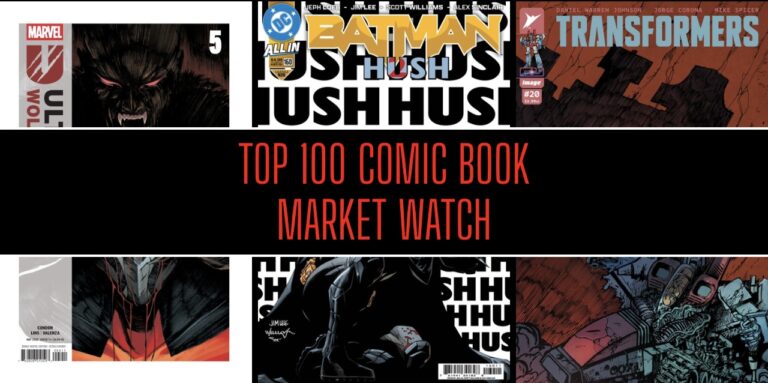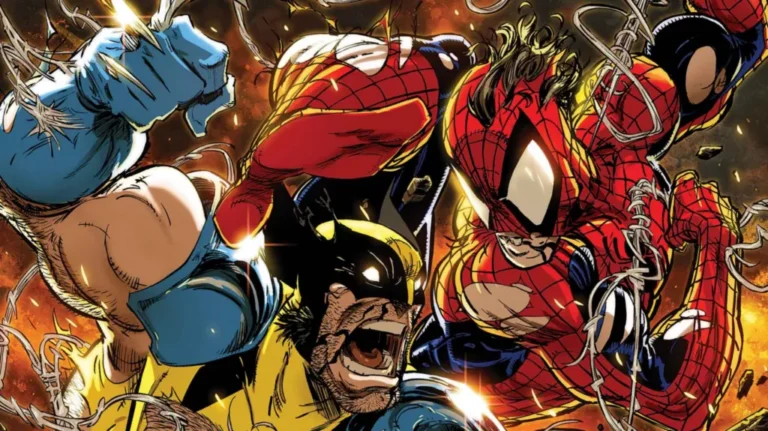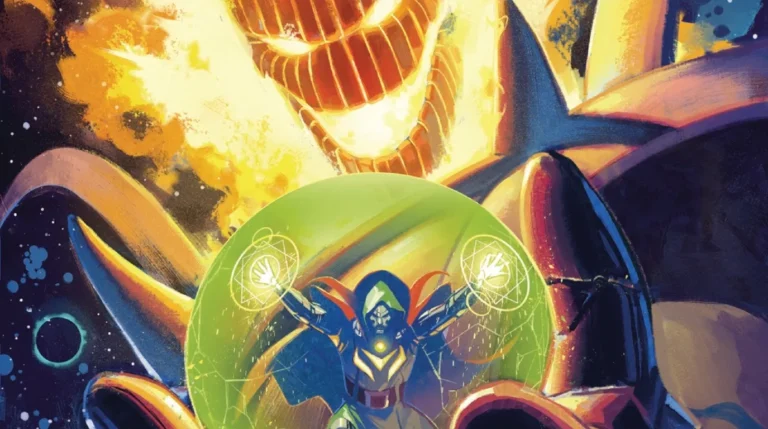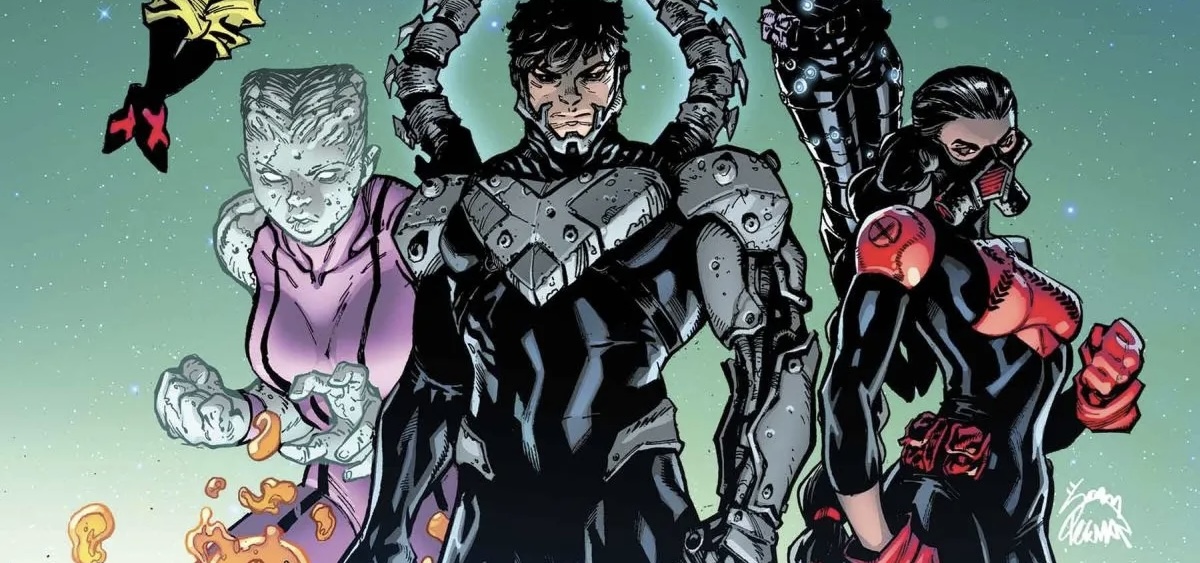
Writer: Jed MacKay
Artist: Netho Diaz
Publisher: Marvel Comics
With X-Men #16, writer Jed MacKay plants a bold new flag in the Krakoa-era fallout, introducing not just new threats but entirely new questions about identity, legacy, and the commercialization of heroism. It’s not every day the X-Men are told that they’re no longer the X-Men—but that’s exactly the challenge Cyclops and his team face as they grapple with a growing number of factions adopting the mantle.
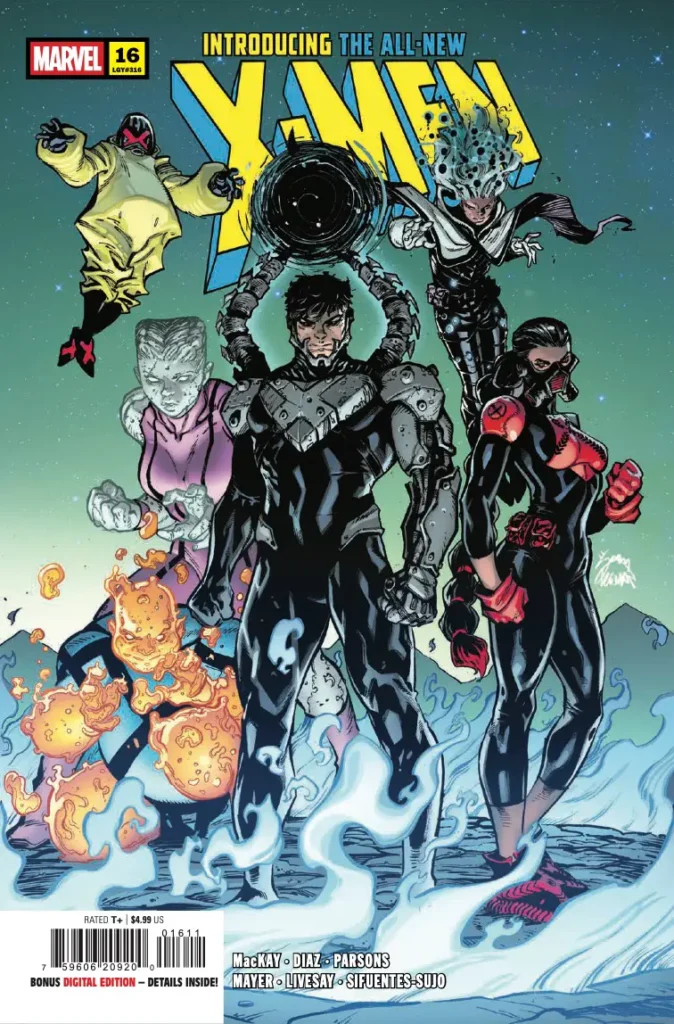
MacKay wastes no time throwing readers into the deep end. The issue opens amid a mutant crisis in Alaska, one of several hotspots that suggest a world growing increasingly volatile for the remaining mutants. But the real shock isn’t just the threat they’re facing—it’s the emergence of another group also calling themselves the X-Men. And they’re not just wearing the name—they’ve got corporate backing.
The introduction of “3K X-Men,” sponsored by the enigmatic 3K Corporation, is where the book finds its pulse. These aren’t villains in the traditional sense—they’re polished, professional, and media-savvy. Their motives, however, remain suspiciously opaque. Are they genuinely invested in mutant survival? Or are they rebranding mutant heroism for mass appeal and political control?
What follows is a fascinating ideological collision between Cyclops’ battle-worn squad and the 3K X-Men. Cyclops—ever the soldier and idealist—is forced to reckon with a world where heroism has been trademarked. The issue doesn’t descend into a simple clash of fists. Instead, MacKay leans into the emotional and philosophical implications. What does it mean to be an X-Man in a world where anyone can buy the badge?
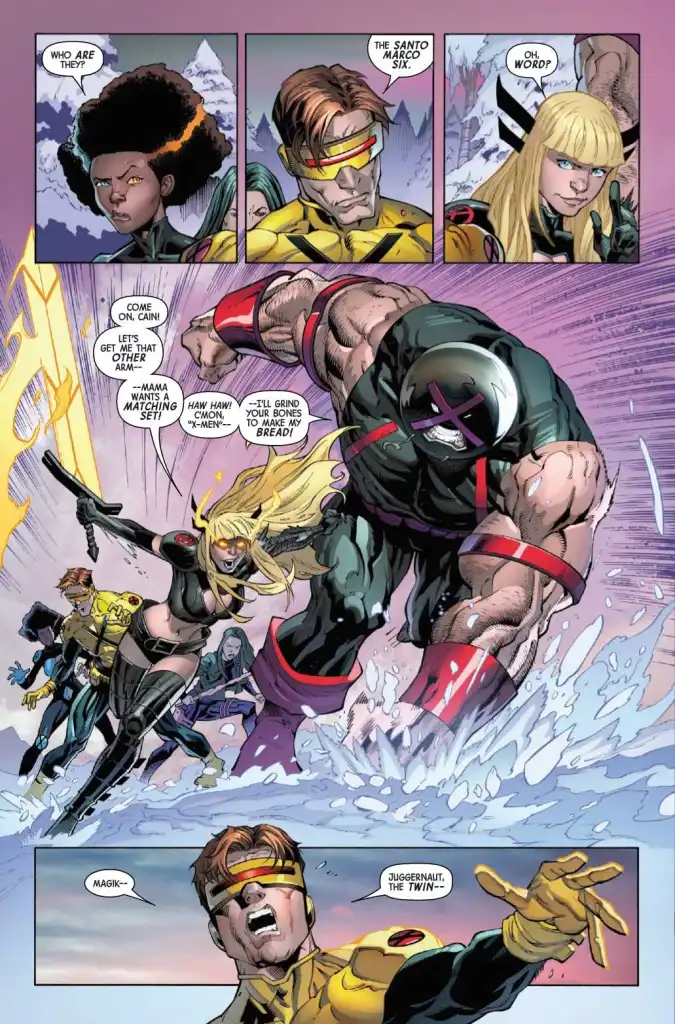
Each page builds toward an increasingly tense standoff, one that promises a reckoning not just for Cyclops and his allies, but for the very legacy of the X-Men brand. MacKay, known for his deft balancing of action and introspection in books like Moon Knight, brings that same energy here. The mutant crisis is urgent, but it’s the identity crisis that leaves the deepest mark.
While the artist’s name isn’t mentioned in the provided details, the visual storytelling in X-Men #16 is essential to grounding this multilayered narrative. The shift from frozen Alaska to corporate boardrooms is handled with striking contrast. The “original” X-Men team is rendered with grit and resilience, while the 3K-backed team gleams with artificial perfection—clean lines, flashy suits, and the unnerving confidence of a PR campaign.
The panel layout works hand-in-hand with the narrative tension. Scenes shift between chaotic battles with mutants in crisis and sterile, almost dystopian press events led by the 3K team. These juxtapositions highlight the growing disconnect between authentic mutant struggle and the commodification of their fight.
Facial expressions carry much of the emotional weight. Cyclops is drawn with stoic frustration, his every glance a silent protest against what he’s witnessing. You can see the doubt creeping in as he’s confronted with a world that has moved on, rebranded, and repackaged everything the X-Men stood for.
What sets X-Men #16 apart from a standard mutant vs. mutant tale is its exploration of modern themes. The issue asks: in an era of brand obsession and performative activism, who gets to be the hero? Are ideals enough in the face of resources and reach?

The concept of the X-Men being challenged not just physically, but ideologically, is one that feels timely and necessary. MacKay invites readers to consider whether the future of mutantkind lies in unfiltered resistance or strategic compromise. And while the 3K X-Men haven’t yet shown their full hand, their polished presence hints at a larger, perhaps more sinister agenda.
X-Men #16 is a standout issue in a line that has been redefining itself ever since Krakoa’s fall. By introducing corporate-sponsored rivals who wear the X-Men name like a brand, MacKay doesn’t just raise the stakes—he elevates the conversation. What we get is more than a battle of teams; it’s a battle for the soul of what it means to be a mutant hero.
If future issues continue to explore this tension with the same thoughtfulness and visual flair, this arc could become a defining moment in the modern X-Men era. Whether you’re a longtime fan or a newcomer intrigued by the evolution of the X-Men mythos, X-Men #16 delivers a compelling, timely, and thoroughly engaging read.

